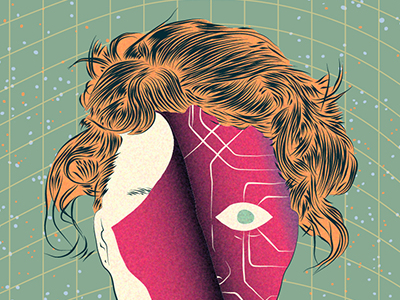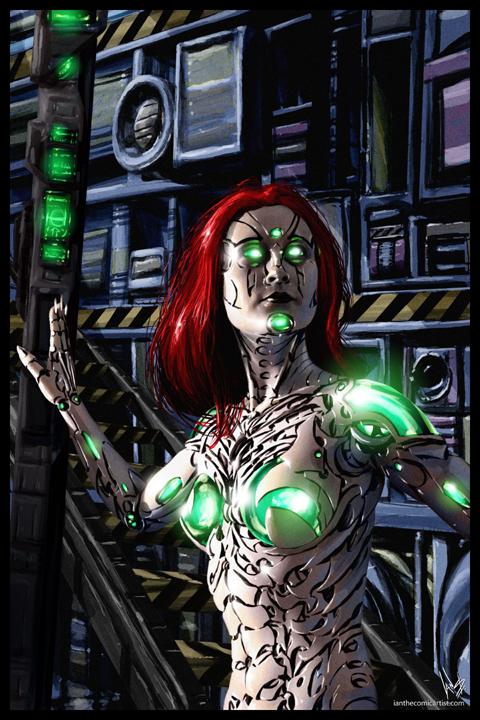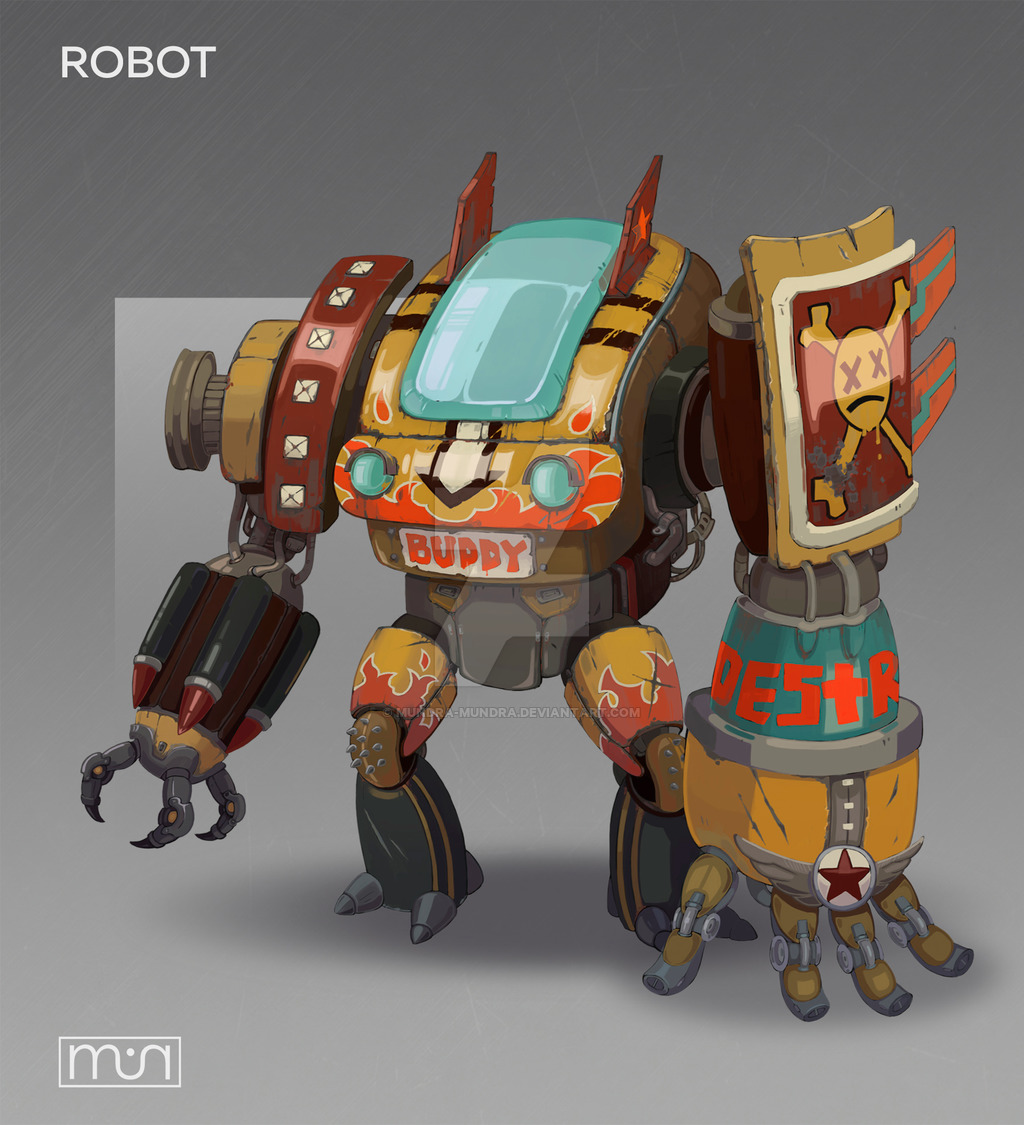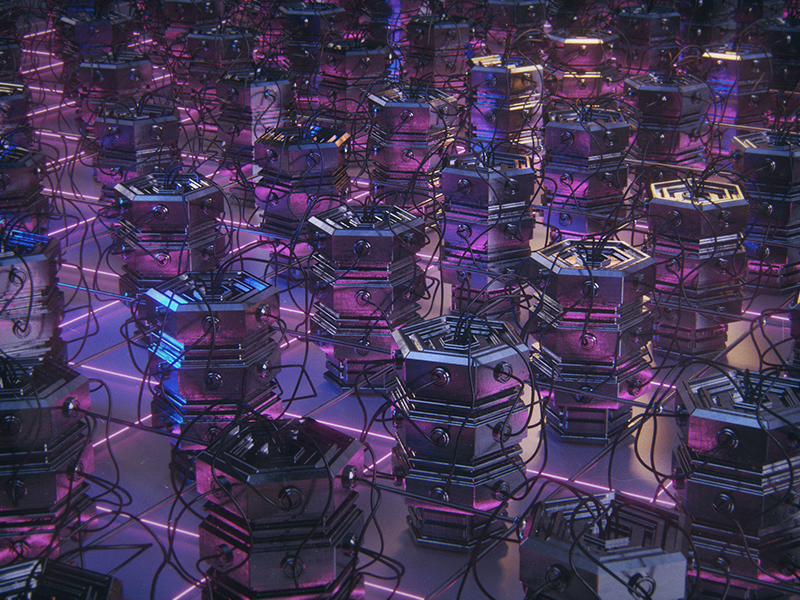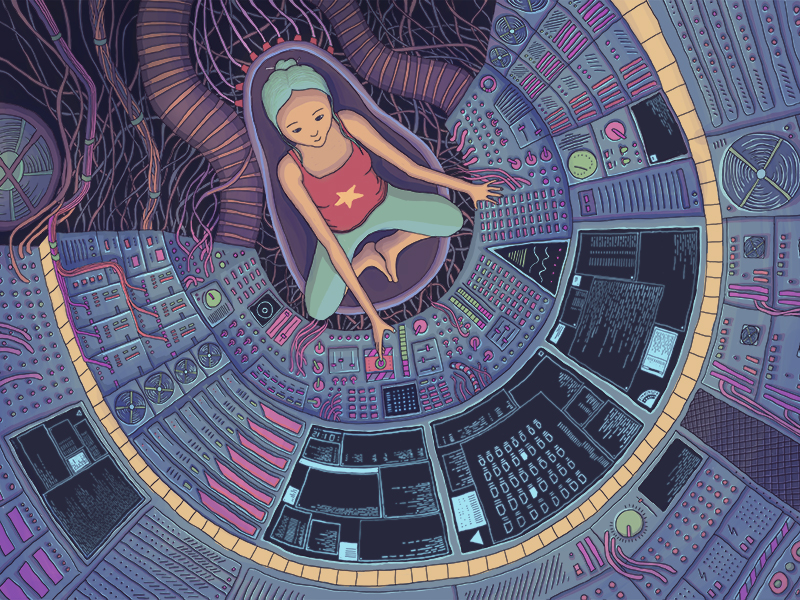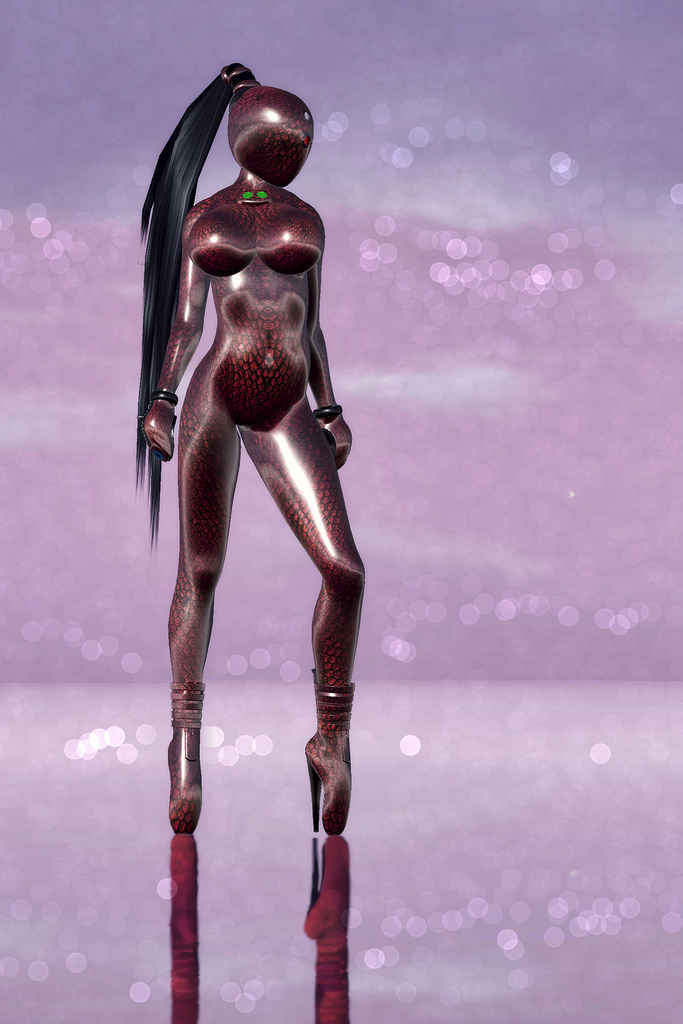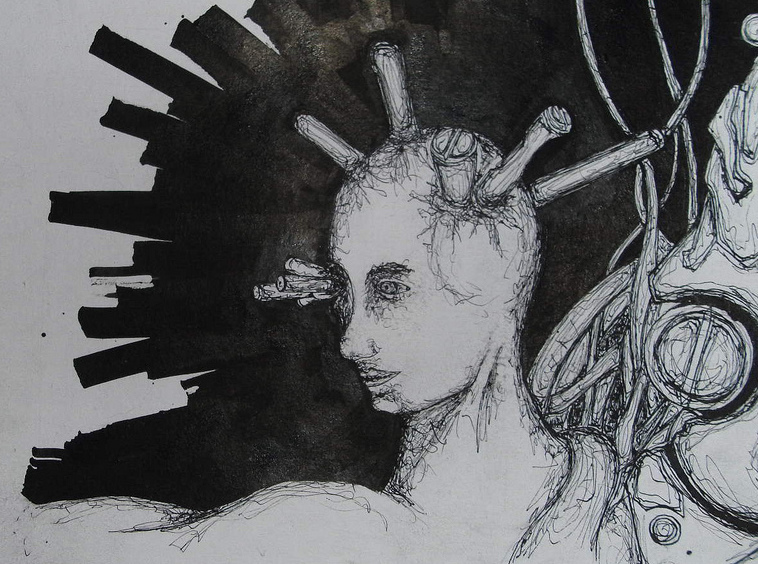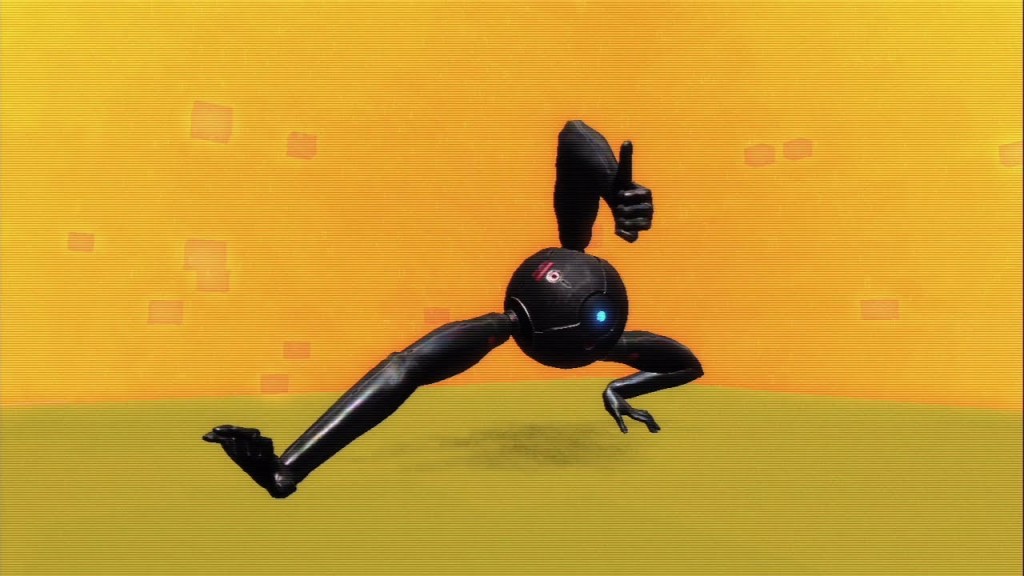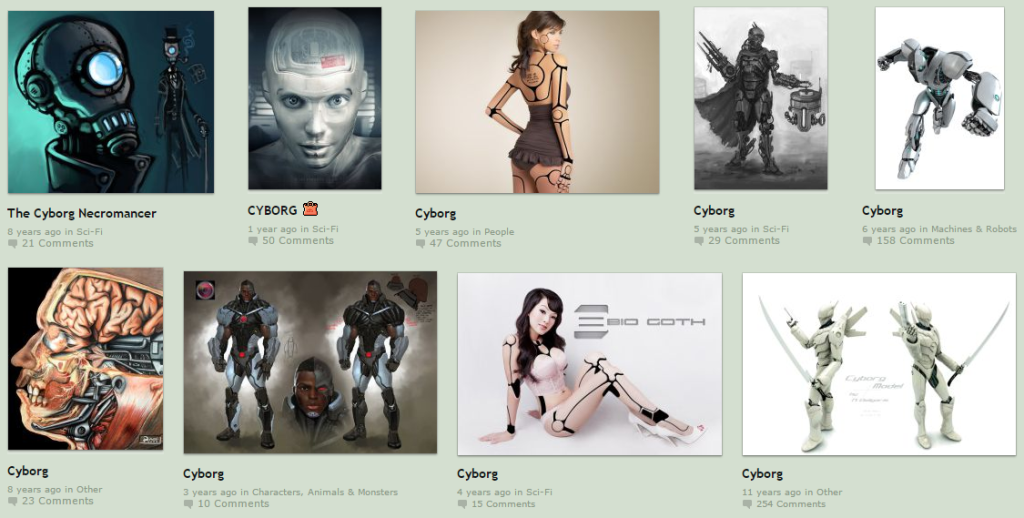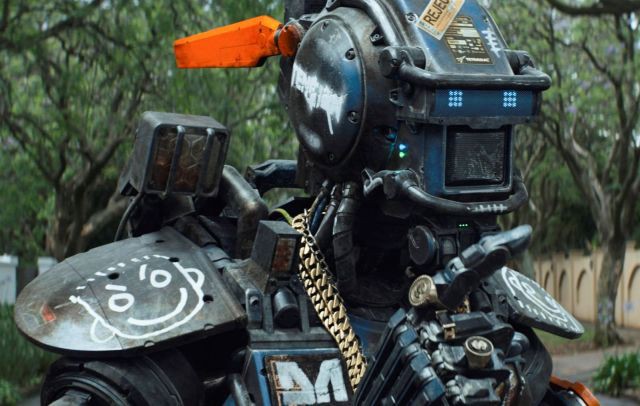“Alright. Get on with answering.”
“Give me a minute to think. I didn’t expect to be asked about this at a job interview.” Gwen rubbed her ankle against the leg of her chair. The metal felt cold through her thin stockings.
Michael sat behind the big desk, arms crossed. His shirtsleeves were crumpled and pushed up to his elbows. “It’s a very simple question, and you only need ‘a minute to think’ because you want to conceal information from me.”
“I was prepared to discuss my organizational skills, not bare my soul.” She frowned at him quizzically. “This is a secretary job, right? To be honest, I don’t want to work someplace where I get the third degree for no reason.”
After reviewing her resume and asking a few questions about her past positions, Michael had demanded, “What are your secrets?” At first she thought he was joking, but he hadn’t been satisfied with a flippant answer. Michael had pressed her: “No, your personal secrets.” So now Gwen was gambling. She needed the work — well, she needed the salary — but she was reluctant to make up any deep, dark disclosures. Telling the truth certainly wasn’t possible! Hopefully being abrasively straightforward would appease him.
Michael sighed, pushing his chair back from his desk, and stood up. “Here’s how this works. Before I can hire someone, I need to know that I have leverage. I need to know that I can break you if I need to.” He looked down at her, brown eyes fixed on her face.
Gwen stood to match him. “Okay. I don’t think I’m the right candidate for your situation, and I’m going to leave now.”
Contempt came into his gaze. “You think being refurbished makes you a real woman? You think I can’t tell?”
Gwen’s breath seized up, and she felt her fight-or-flight program kick in. She started backing toward the door, hands help up instinctively in the “calm down” stance.
“Bitch, I know you were manufactured. I’m not a moron.” He took a step toward her, and snorted derisively when Gwen flinched. “I thought so. They spruce up your reactions but I can always tell a synthetic.”
“I’m sorry,” Gwen said, fumbling for the doorknob. She pulled it open and stepped into the hall, still watching him. Then she ran.

